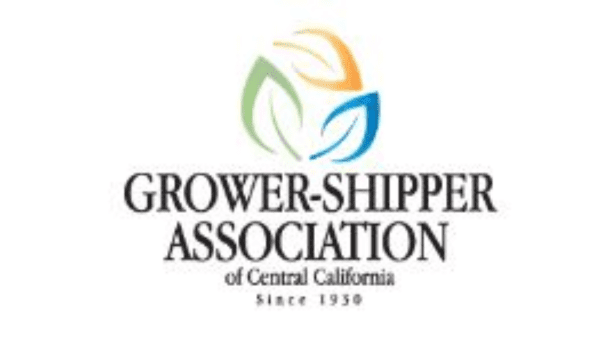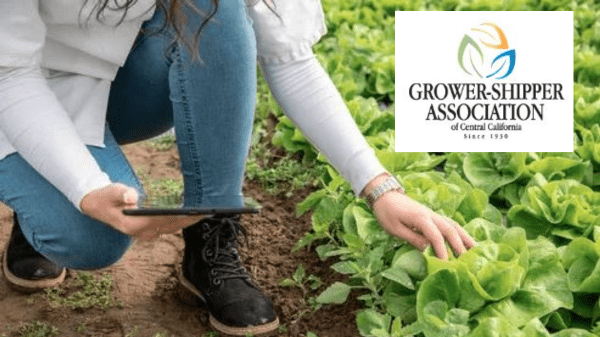Possibly due to colder winter and spring weather conditions as well as mitigation strategies taken by farmers, pest and disease pressure associated with the Thrips-Vectored Impatiens Necrotic Spot Virus (INSV) have lessened in leafy greens fields as compared to 2022.
As observed and reported by the Grower Shipper Association’s BB #:162651 INSV Task Force, this reduced pressure in the early growing season has resulted in dramatically fewer infections and, so far, lower pest populations as we move into the spring leafy greens harvest.
What is INSV? Lettuce fields are infected by INSV via thrips migrating from infected host plants. Plants infected by INSV can have dark spotting and yellowing, which resembles the effects of sunburn on the leaves. Another plant disease, Pythium wilt (PW), often accompanies INSV infections and causes the plant to wilt or collapse making this truly a complicated pest/disease issue for farmers.
In 2022, INSV infections in the Salinas Valley resulted in yield reductions in many fields resulting in consumers experiencing limited product availability in some areas.
To identify and respond to INSV pressure as well as accelerate research mitigation strategies to control INSV, GSA launched its INSV Task Force in 2021. The Task Force is a collaborative effort between industry and the academic/research communities.
In addition to funding provided directly by GSA, the organization helped to secure a one-million-dollar grant from the California Department of Food and Agriculture (CDFA) for INSV and soil-borne disease research priorities. And in April 2023, GSA helped obtain a supplemental $200,000 grant through CDFA to further critical efforts.
“One of our major initiatives was tracking thrips and corresponding disease pressure to identify infection trends that have helped guide research strategies,” explains Christopher Valadez, GSA President. “We found that an important mitigation strategy to lower pest pressure is weed abatement since weeds are good hosts for thrips. By encouraging increased weed control on farms as well as working with the state and county agricultural commissioners’ offices on abatement efforts along roadways, businesses, and open spaces, we’re reducing the opportunity for thrips to find spots to over-winter and lay eggs in spring.”
Valadez adds that in 2022, disease pressure was exacerbated by unseasonably warm weather stretches which caused prolonged stress on the plant making the lettuce more susceptible to disease impacts. “The unseasonably cold weather we’re experiencing this year is positively impacting early-season INSV infections,” he says.
In addition, GSA’s Task Force continues to assess varietal resistance, examine treatment efficacy trials and conduct grower education and outreach programs specific to these diseases.


“Our thanks to Mary Zischke who heads up GSA’s task force as well as the farm advisors, scientists, and industry members for their diligent work on this very complex issue,” Valadez says. “Their efforts are crucial to prevent significant impacts from INSV infections, which can affect many in our communities including farmers, farm workers, processors, and facility employees.
For more information, Visit GSA’s Website



